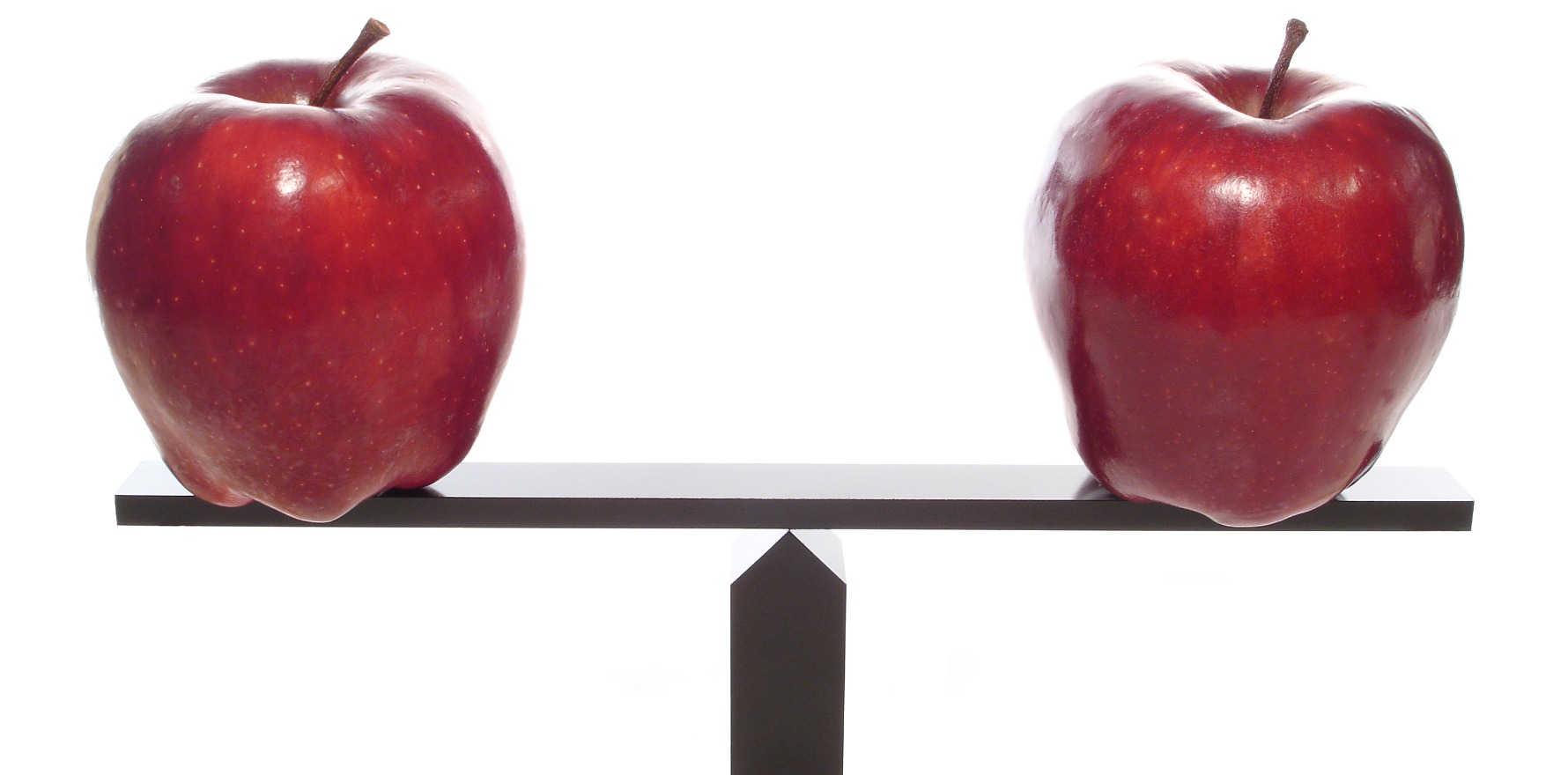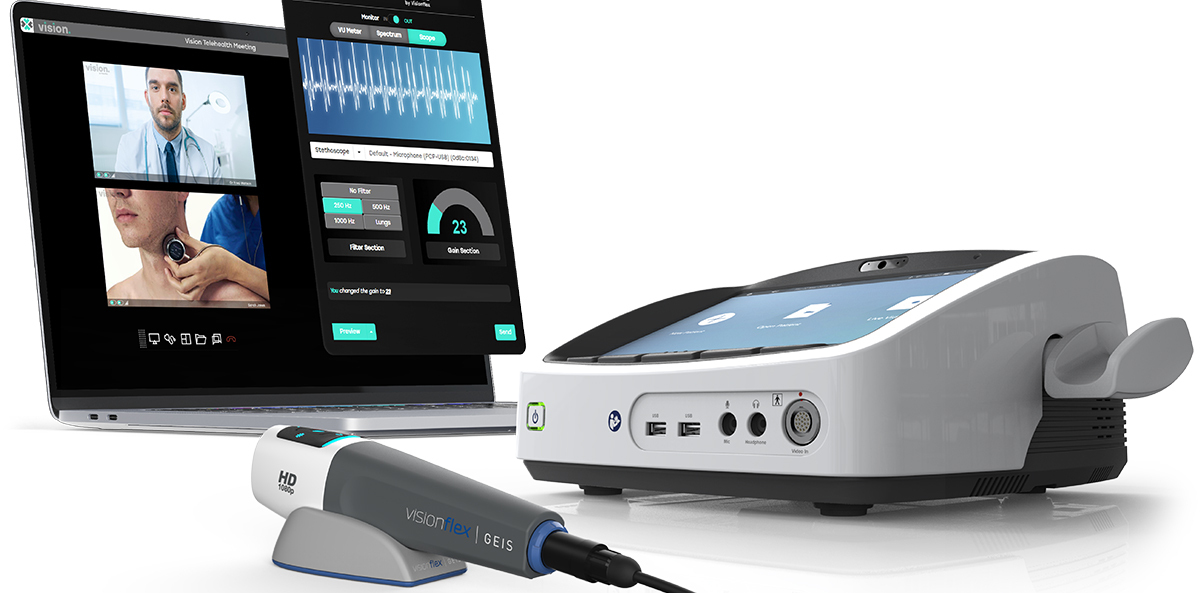The first MyMedicare incentive program starts this week. Here’s what to know.
Almost a year after the scheme launched, the first MyMedicare-exclusive incentives program is finally here.
From Thursday 1 August, the General Practice in Aged Care Incentive replaces the Practice Incentive Program – GP Aged Care Access Initiative.
GPs and practices will receive two different quarterly payments dependent on the number of patients they register via MyMedicare who permanently live in residential aged care.
Each patient registration will earn the individual GP $300 per year and the practice $130 per year.
Rural loading is applied for all areas at a Modified Monash level 3 and above; 20% for MM3 areas, 30% for MM4-5 and 50% for MM6-7.
The minimum servicing requirements are 10 services over 12 months.
These must include two care planning services and eight regular services that occur in separate calendar months, with at least two regular services per quarter.
Eligible care planning services consist of items related to comprehensive medical assessments, contributions to or reviews of multidisciplinary care plans, residential medication management reviews and multidisciplinary care conferences.
The eligible regular services include time-based level B through E consults that take place at a residential aged care home, non-urgent after-hours attendances and nurse practitioner, practice nurse or Aboriginal health worker services.
Doctors working in MM4-7 areas can do four of the eight regular services via telehealth, but GPs in MM1-3 areas must do all services face to face.
The big question, of course, is whether GPs can earn more under the MyMedicare incentive payment than the PIP.
Under the previous aged care PIP, providers received $2000 when they performed between 60 and 99 eligible services, $4500 when they did between 100 and 139, $7000 when they did 140 to 179 and $10,000 when they did more than 180.
Looking at the minimum threshold under the PIP – 60 services for $2000 – that works out to an incentive payment of around $33.33 per service.
Because of the way it was structured, providers actually got less incentive money per service as they progressed through the tier; they still got $2000 for 99 services, which worked out to just $20.20 per service.
Under the new payment system, 10 services are worth $300, which works out to $30 extra per service. This assumes that the practice retains 100% of its $130 per patient payment.
Related
While providers who were only just meeting the minimum service level will see a slight decrease in total income from the incentives, doctors who were providing between 65 and 99 services will receive equal or more income from the incentives under the new scheme.
The other winners when it comes to the new payment system are GPs who might have a few aged care patients but have never met the minimum threshold of 60 services and therefore missed out on the incentive payment entirely.
There’s no minimum number of patients to enrol in order to participate, so these doctors will now be eligible for the incentive.
This is where the good news ends.
GPs who historically met the second, third or fourth tier of the PIP aged care incentive earned at least $32.37 in incentives per service (139 services at $4500).





